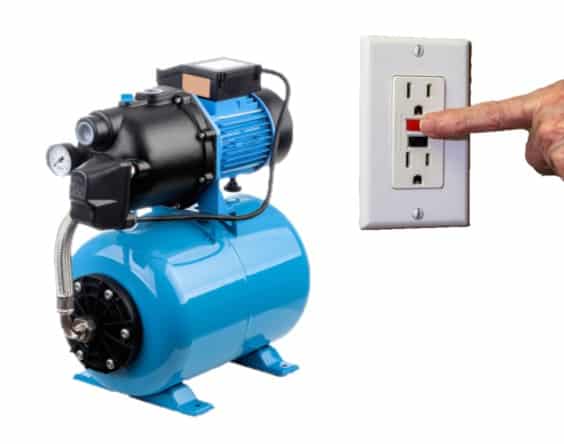
How to Troubleshoot an Air Compressor That Keeps Tripping on Reset & Blowing Fuses
So it’s a regular day in the shop just like any other, you’ve got your air compressor tank filled up with air, you get to use your air tool. However, this time it’s a little bit different. The pressure in your air compressor tank starts dropping, and the compressor starts tripping on reset. You might even notice that your fuse blows altogether when you try to restart your air compressor.
Naturally, this may leave you in a panic as thoughts flood your mind. What’s going on with my compressor? Why is it acting up when I take care of it as I should? Is this the end of my air compressor?
Well, don’t get yourself into too much panic before understanding what’s going on. In this article, let’s take a look at how to troubleshoot an air compressor if it keeps on tripping on the reset or blowing fuses. Lucky for you, this isn’t necessarily the end of your air compressor, and there’s usually a good reason as to why it’s acting up all of a sudden.
So what’s happening with my air compressor?
The typical cause for all this is a shortage in the internal flow of processes in your air compressor that makes it work as you’ve come to expect. Normally, once your air compressor’s tank fully drains all the way to a level of pressure cut, your air compressor system would start and run normally until the tank’s pressure reaches the cut setting, which is when the compressor would typically stop.
Once your compressor reaches the pressure cut setting, your air compressor’s pressure switch contacts start to close, creating a complete circuit through which power can then flow through to reach the circuit responsible for the motor start.
However, if your motor is unable to start, it still continues to draw on power from the power source and can even pull enough power (amperage) to go beyond the maximum capacity of your breaker. In turn, this results in your compressor tripping the breaker when you perform the next restart. This, my friends, is why this happens with your system.
Troubleshooting Tips
Is your air compressor plugged into an extension cord or power bar?
If you’re plugging your compressor into one of the above, this may be the culprit. Many home purpose extension cords and power bars are well-known for limiting or governing power, rather than allowing the full wattage to be utilized by your compressor. This can lead to a decreased level of power supplied to the motor, which results in overheating that can contribute to the trip happening in the breaker.
Rather than using an extension cord, plug your air compressor straight into a wall power outlet. A power outlet of 20 amps or more is even better.
Is your unloader valve working?
Another common culprit that may cause this malfunction is your unloader valve not working. In some cases, if the unloader valve fails, some of the air compressed in the tank may get trapped over the cylinder piston. That air then adds to the overall load on the motor, which may potentially force the motor to pull too much power, thus blowing the fuse or popping the breaker.
Did your pressure switch fail?
Although this is much less likely to be the cause, it is still a possibility that a pressure switch may have shorted out, causing your compressor to trip the breaker on reset. To check if this is the cause of your issue, unplug your compressor, drain the tank, take off the cover, restart/reset the breaker system, and then watch for any signs of sparking or arcing. If so, this could be an indication that your pressure switch is the culprit.
Related Video:

My husky air compressor kick on for 15 seconds and then kicks off the circuit breaker on the house electrical panel. I replaced both start and run capacitors but is still kicking off the breaker. Any ideas?